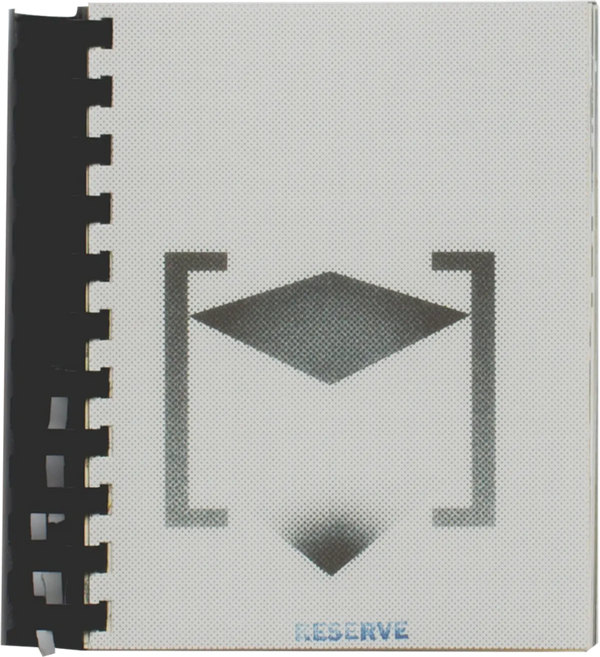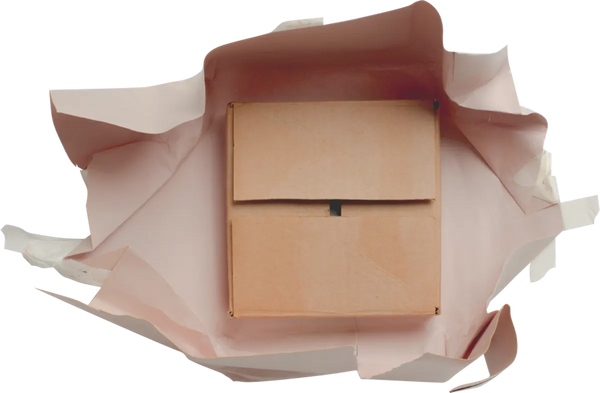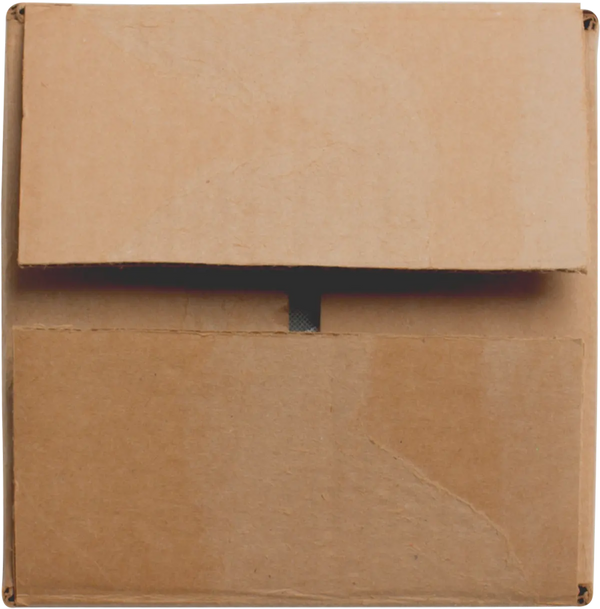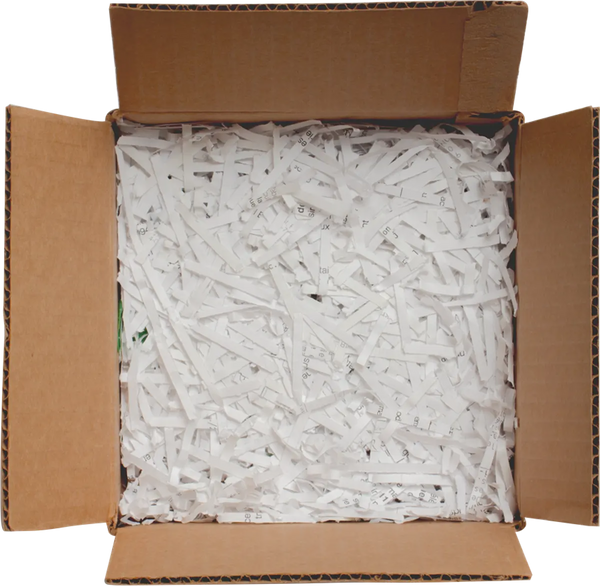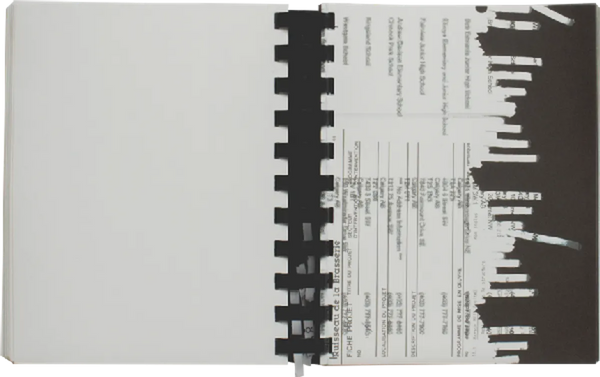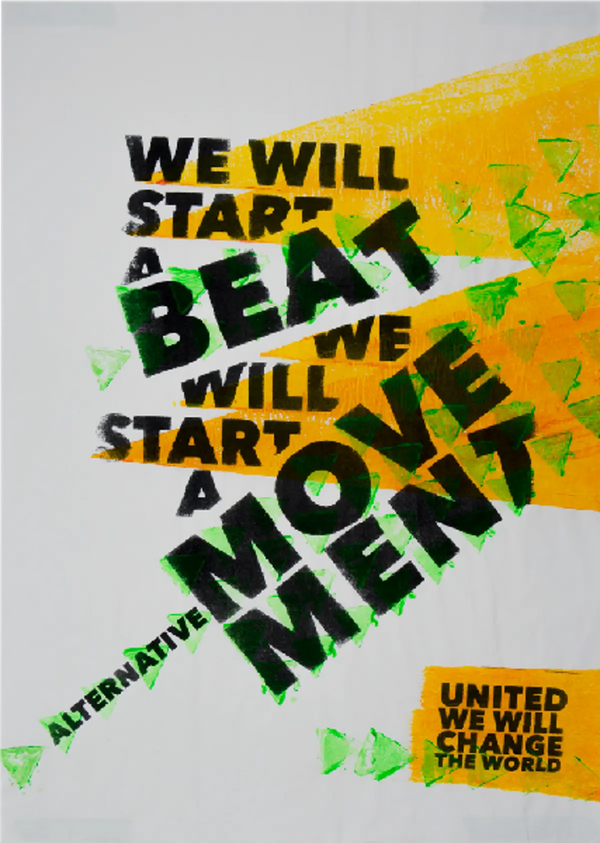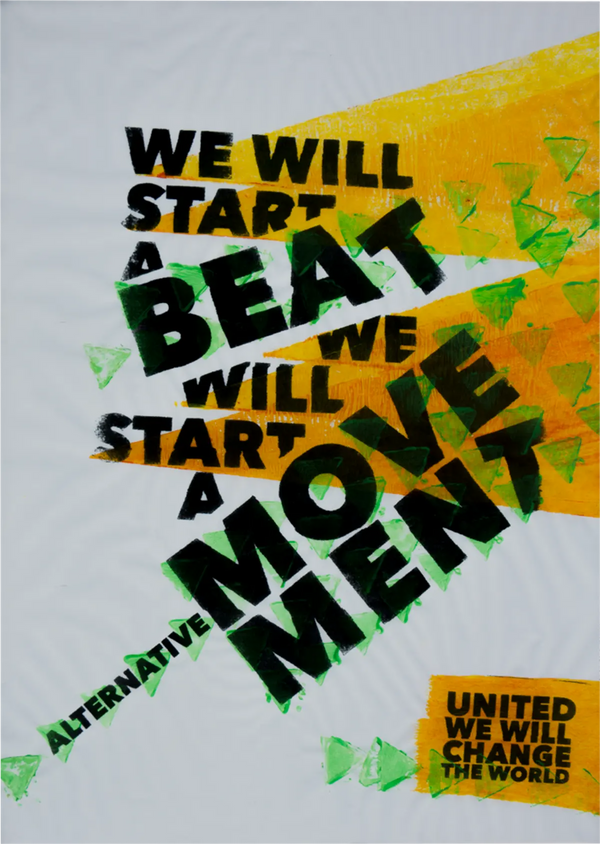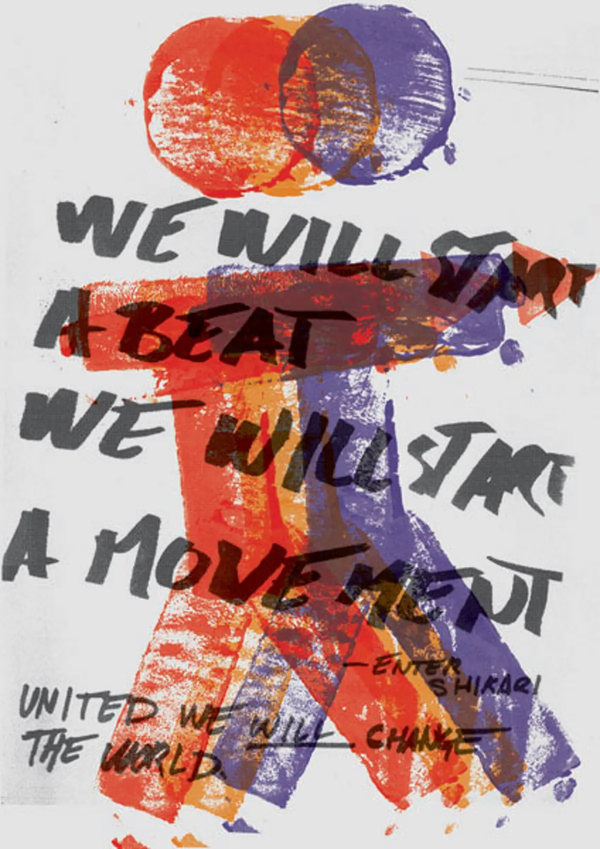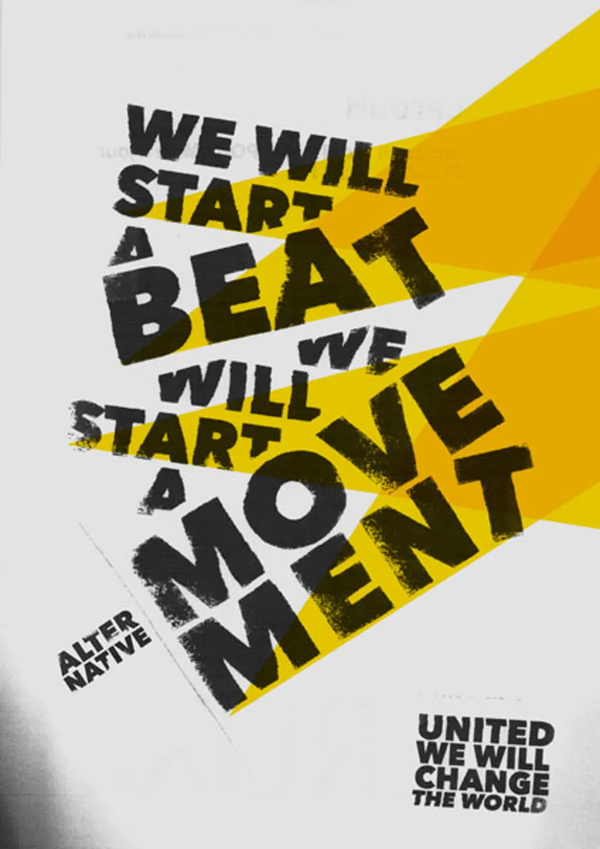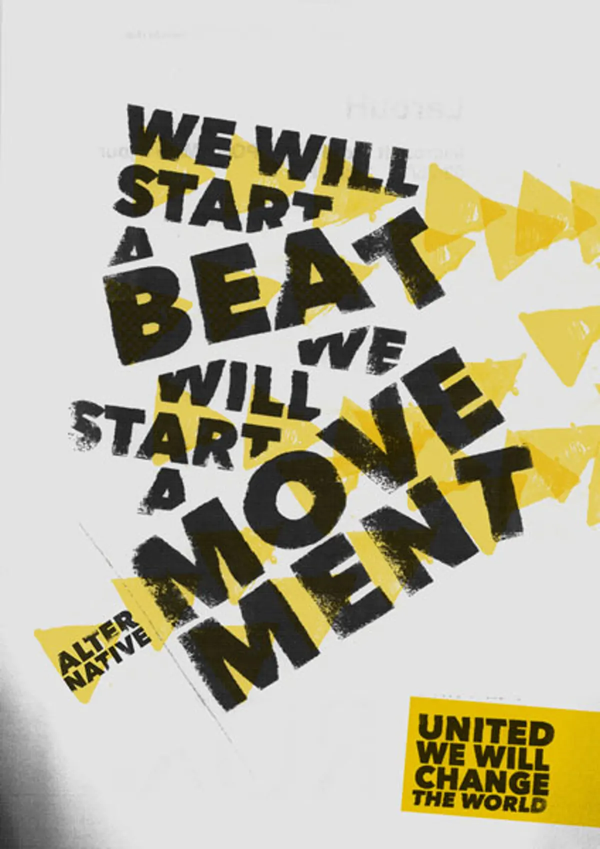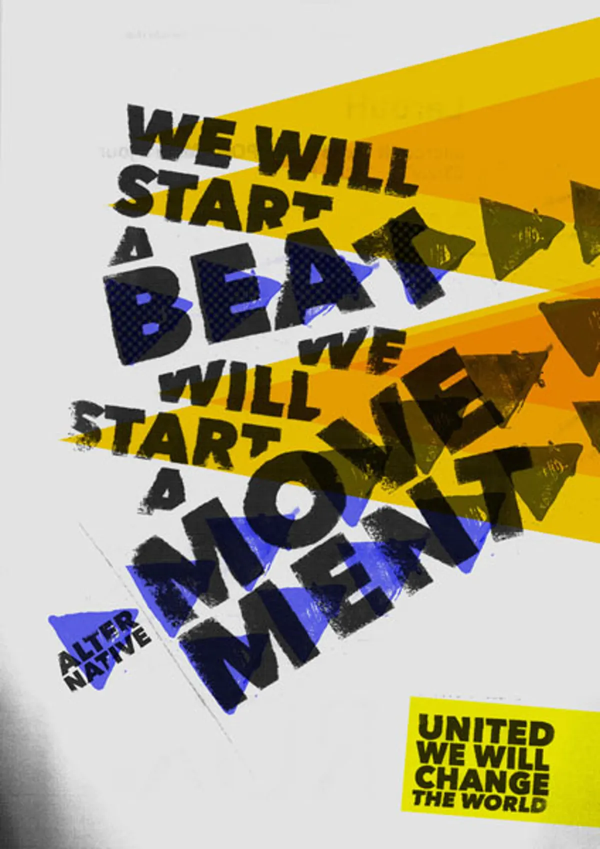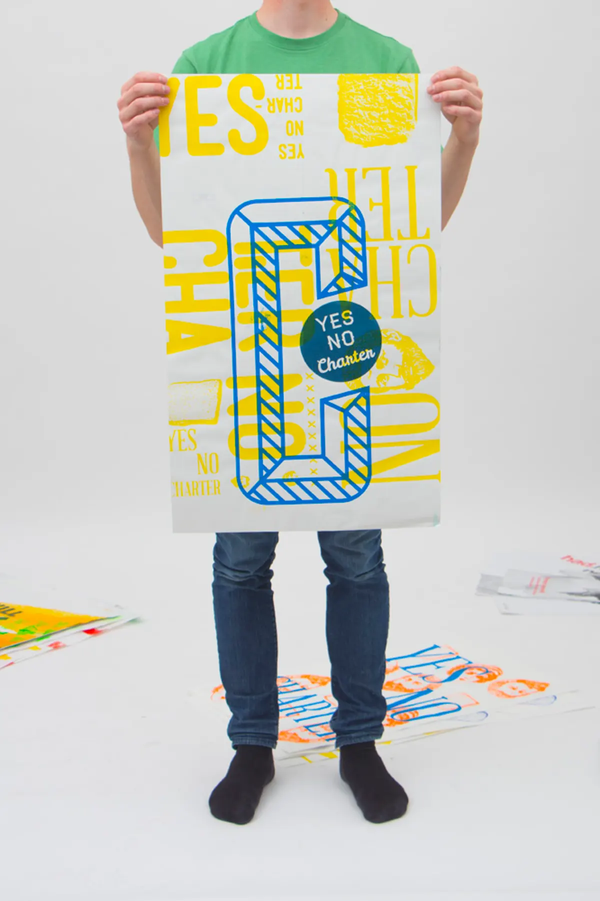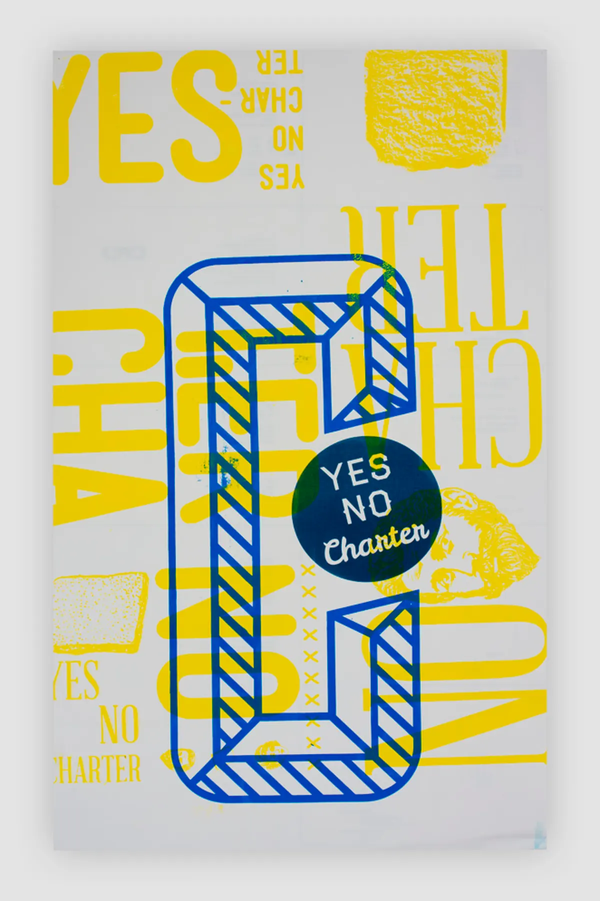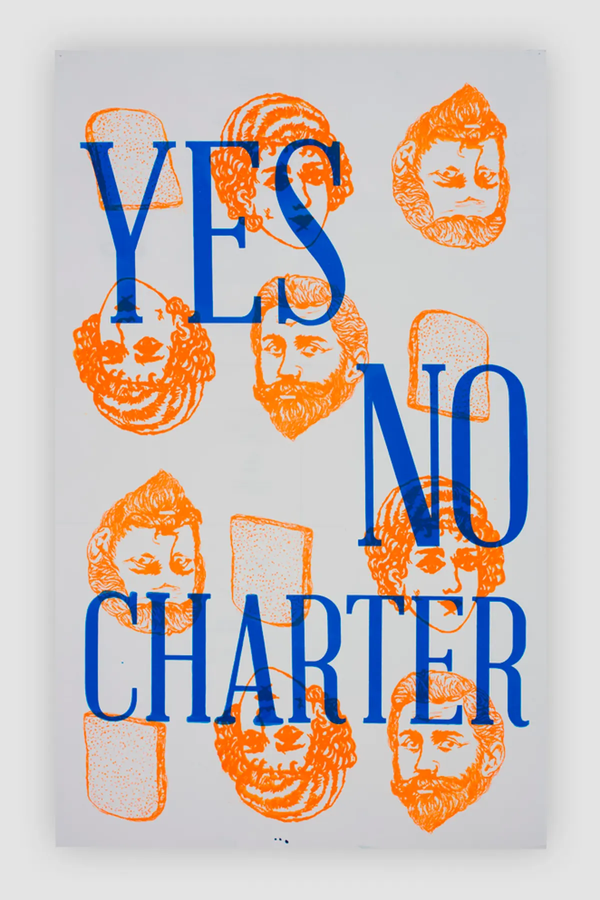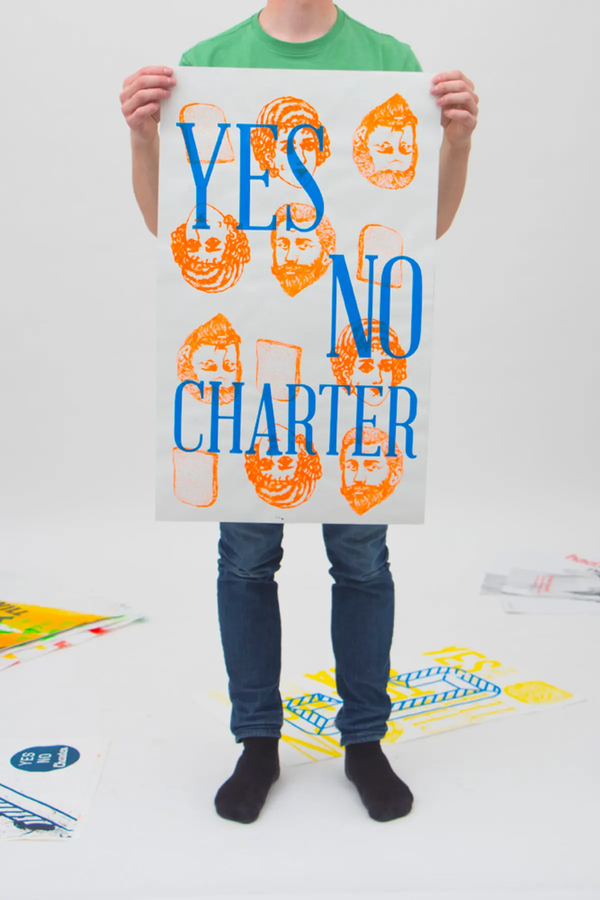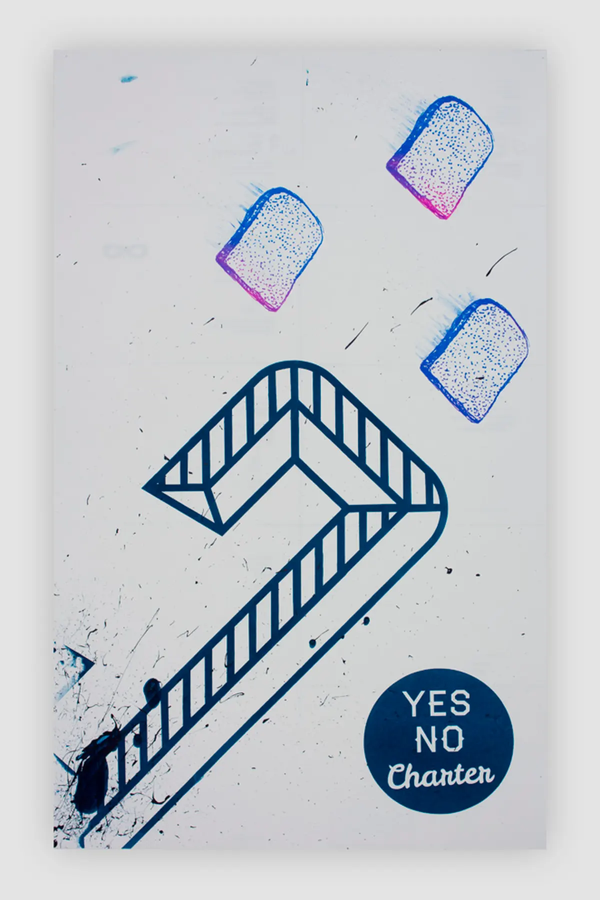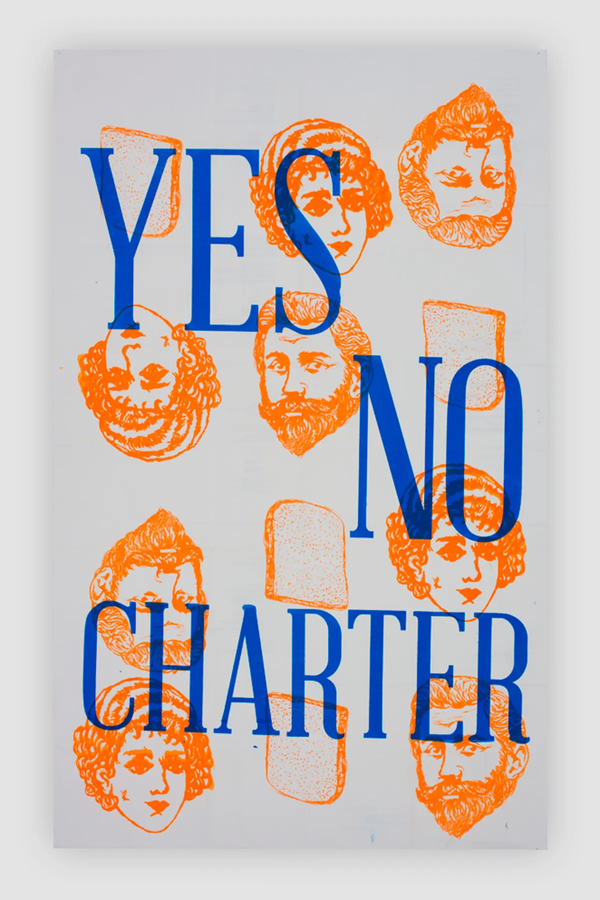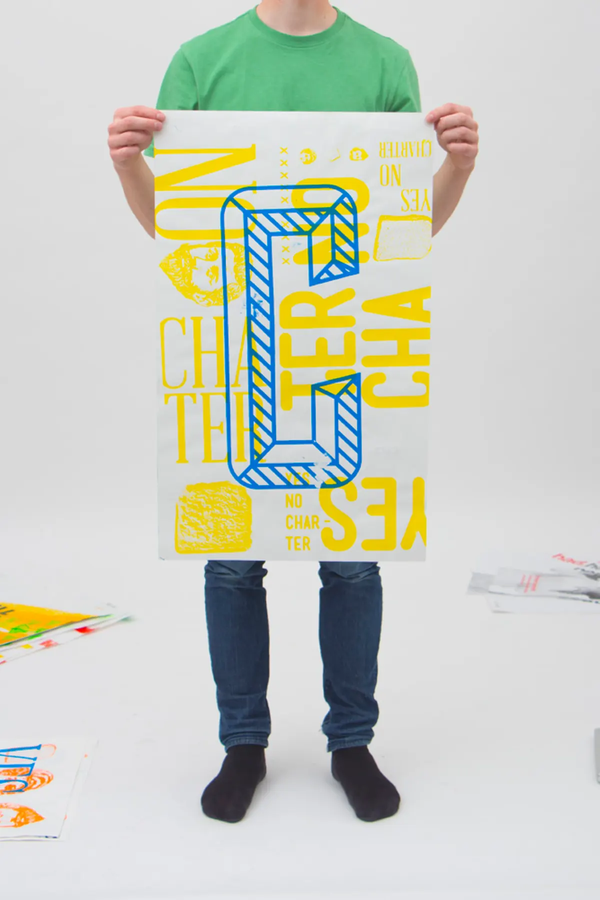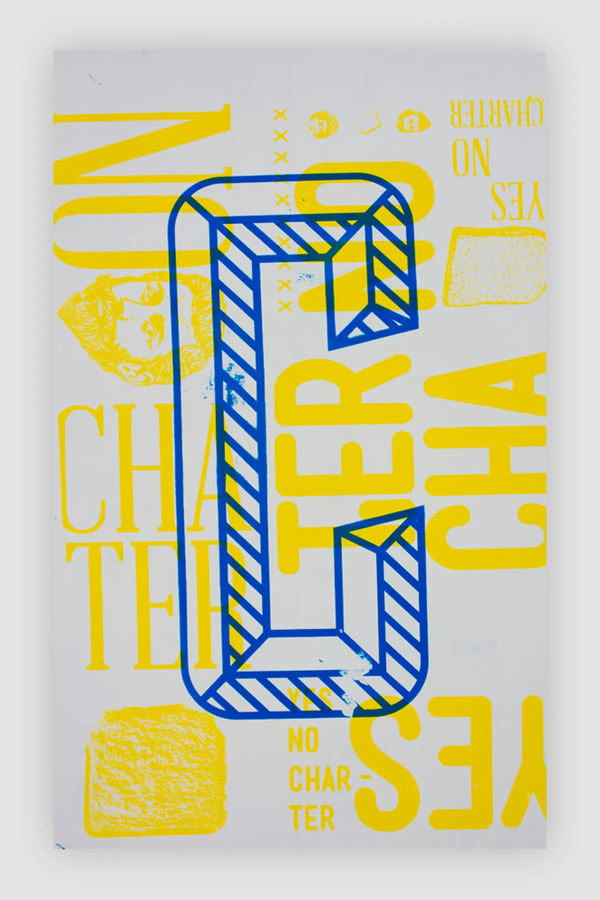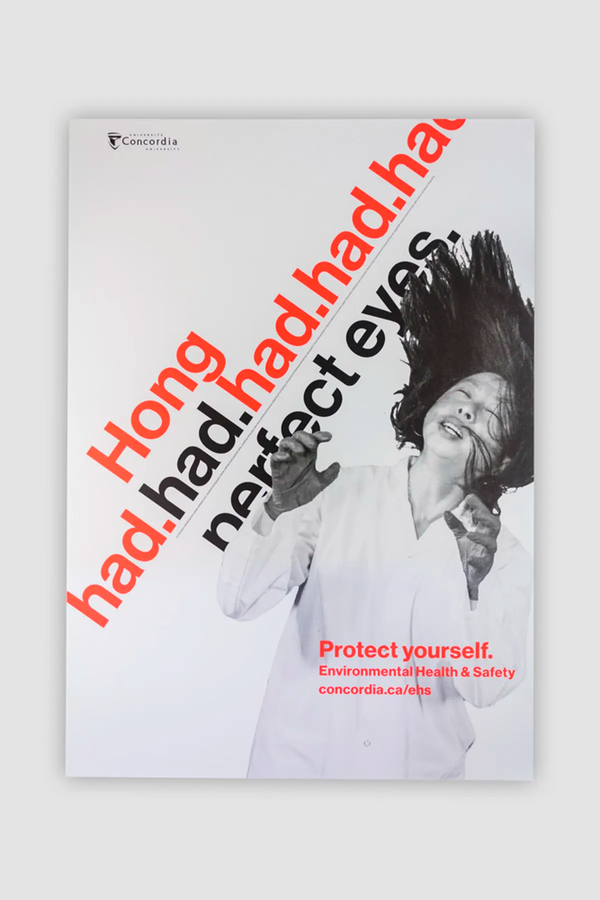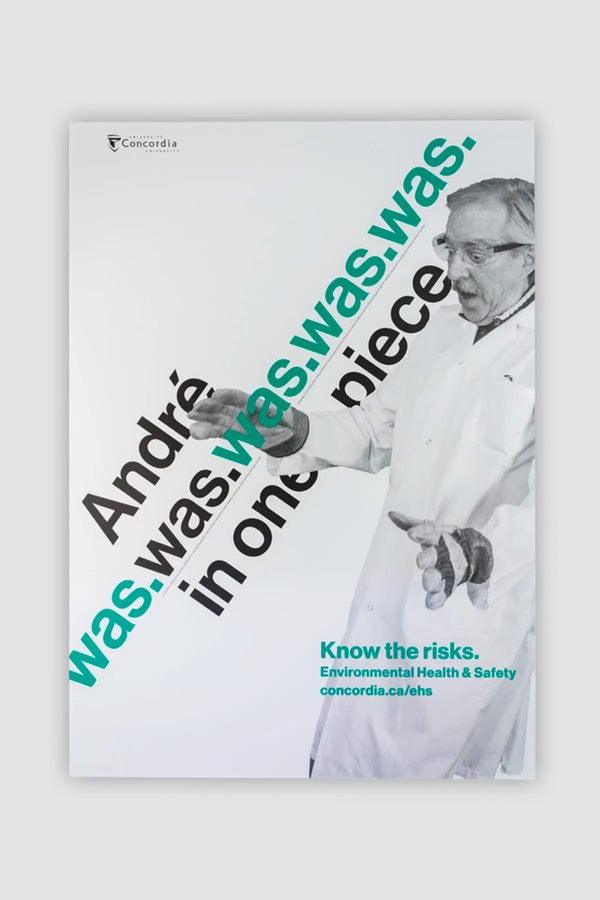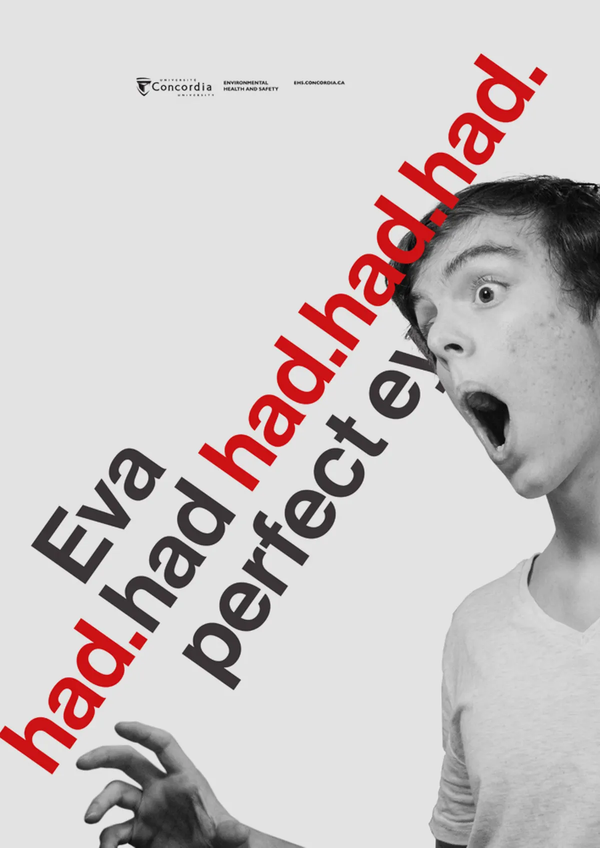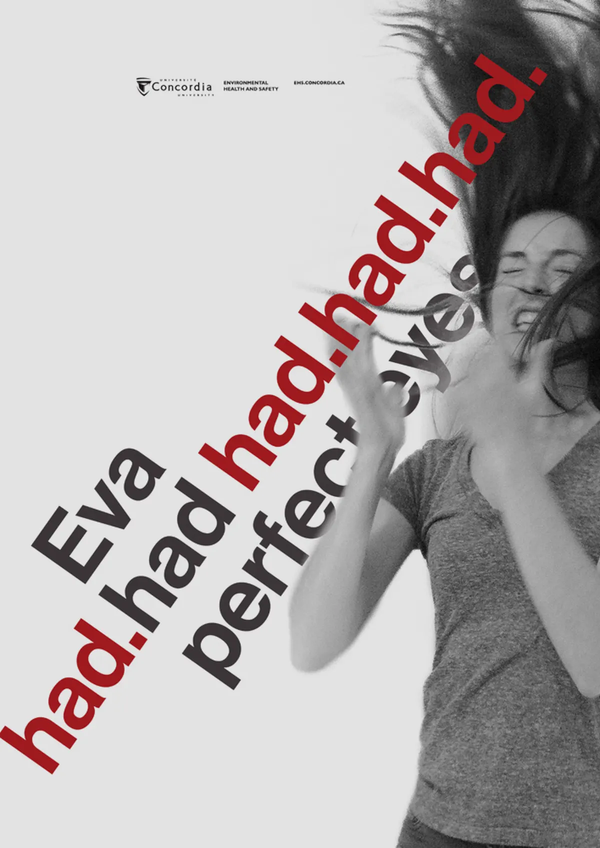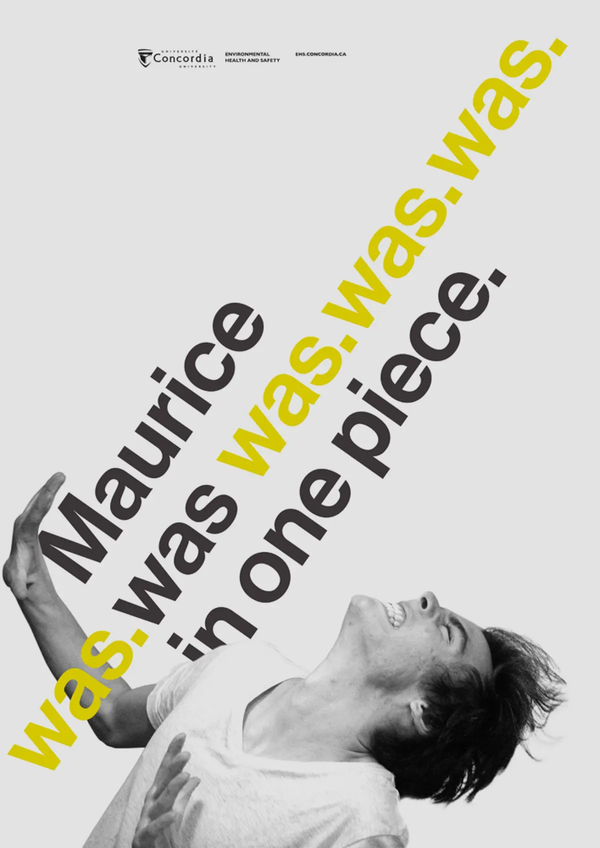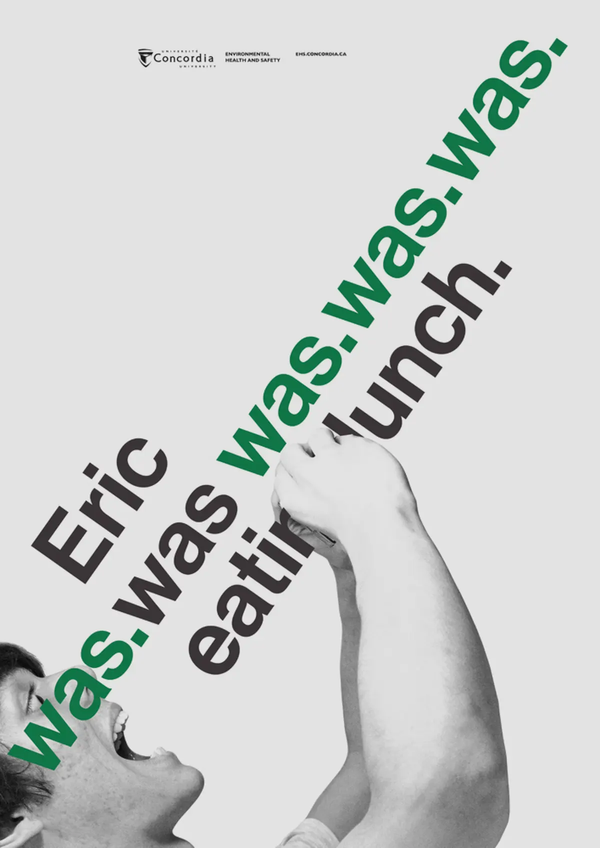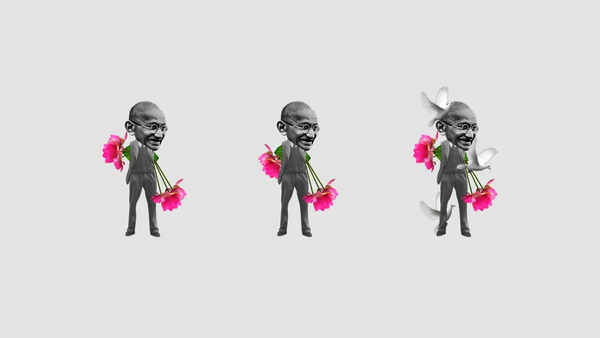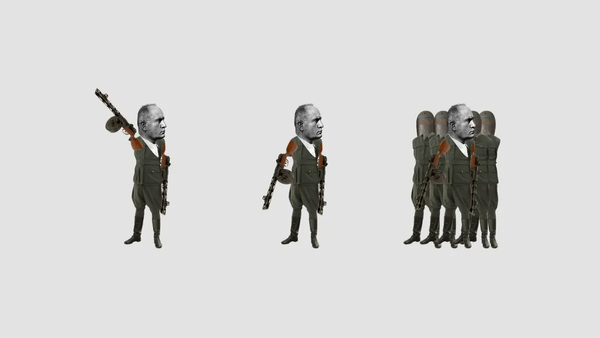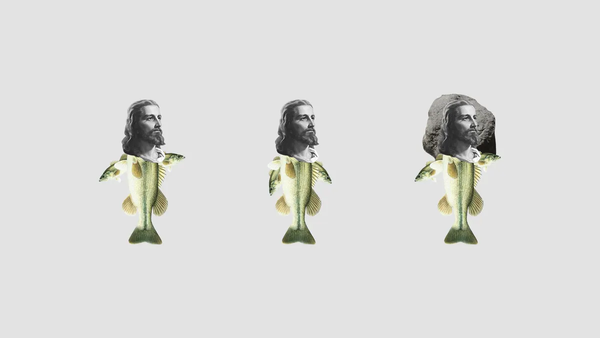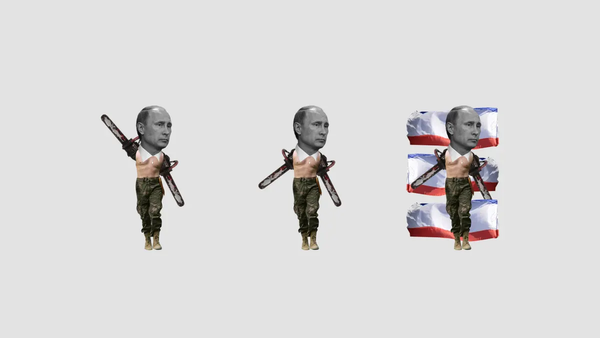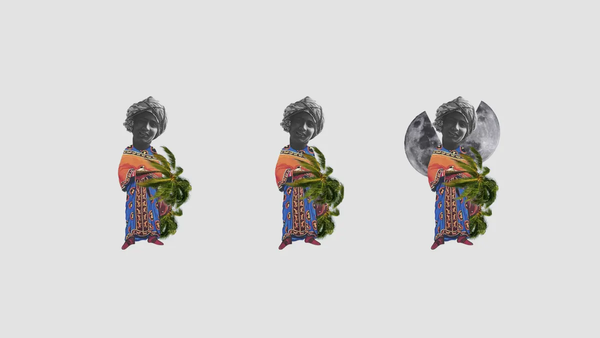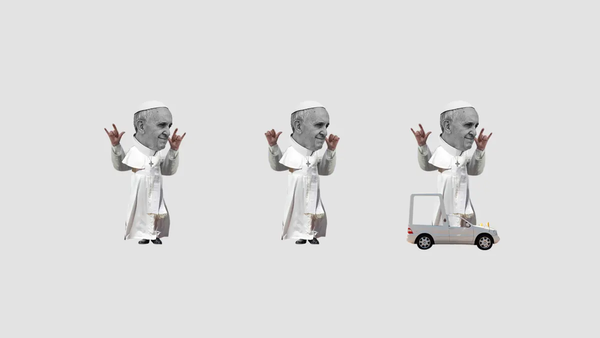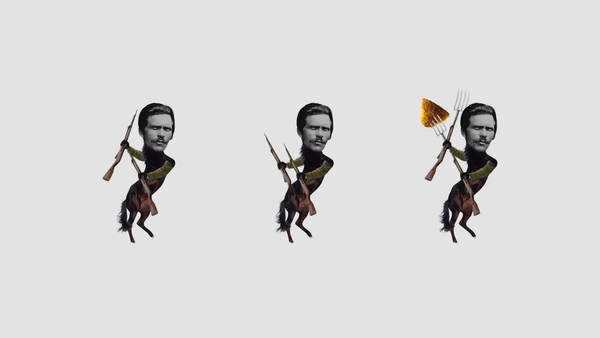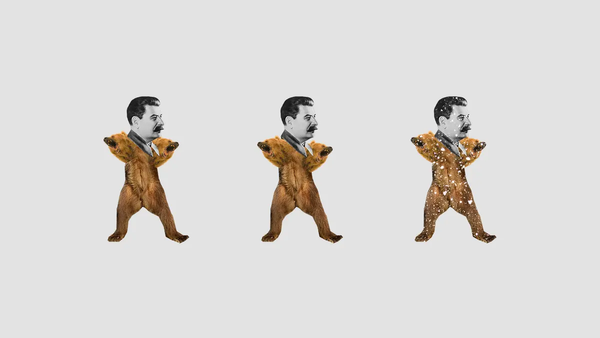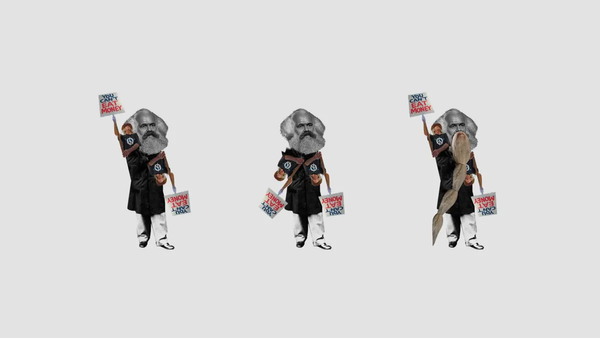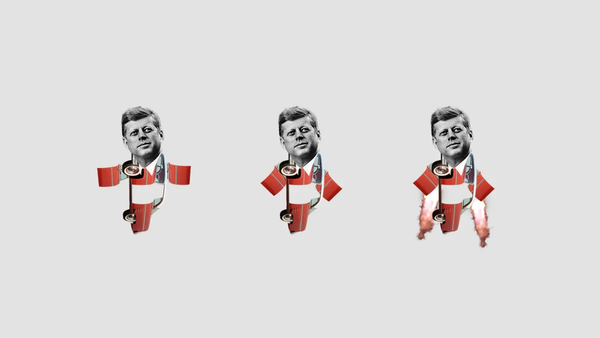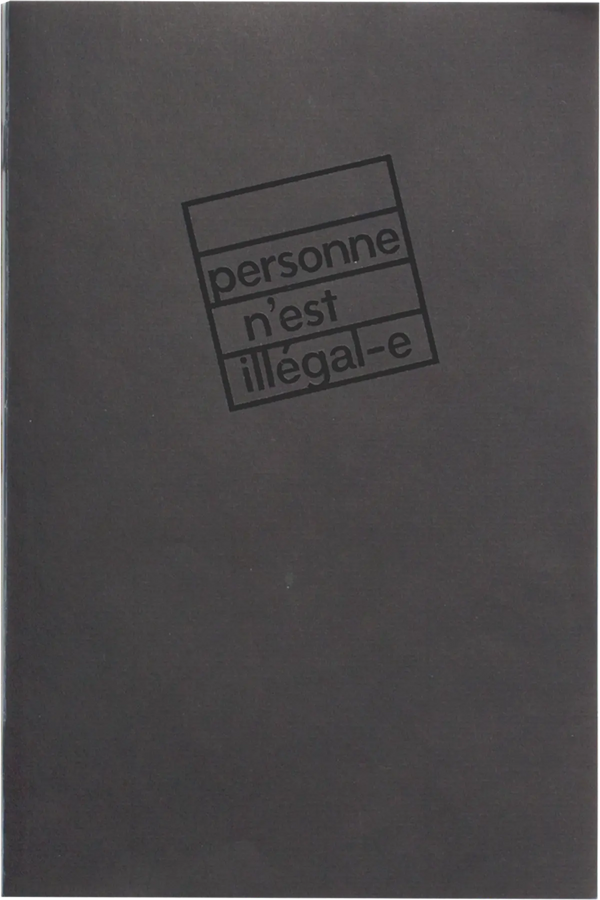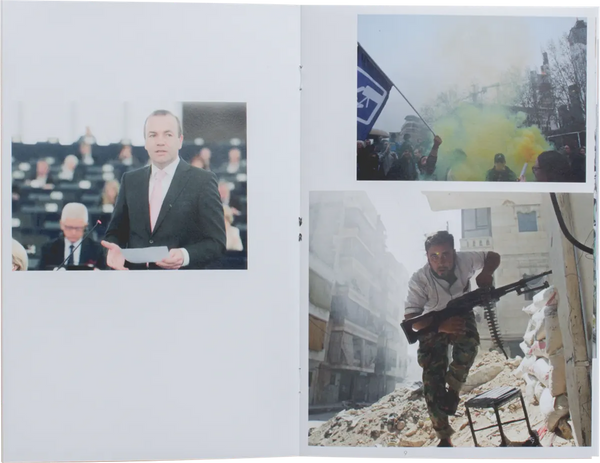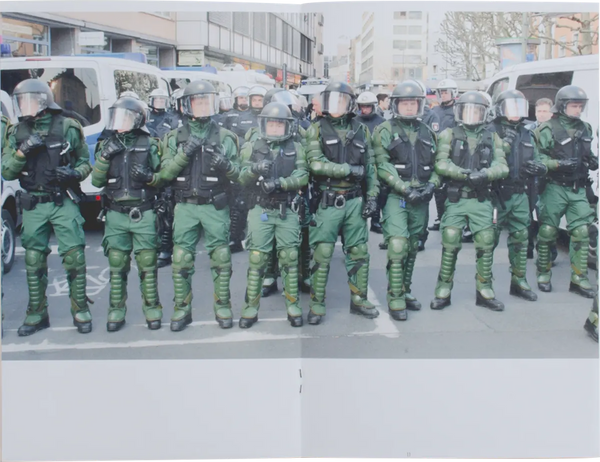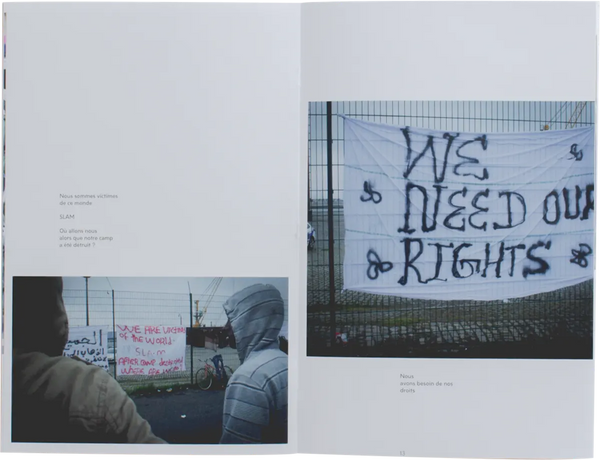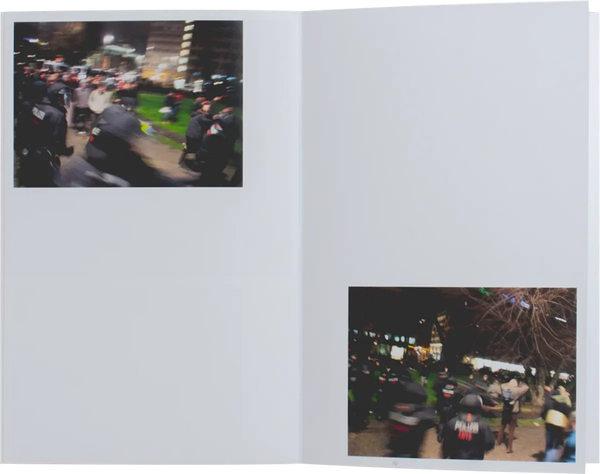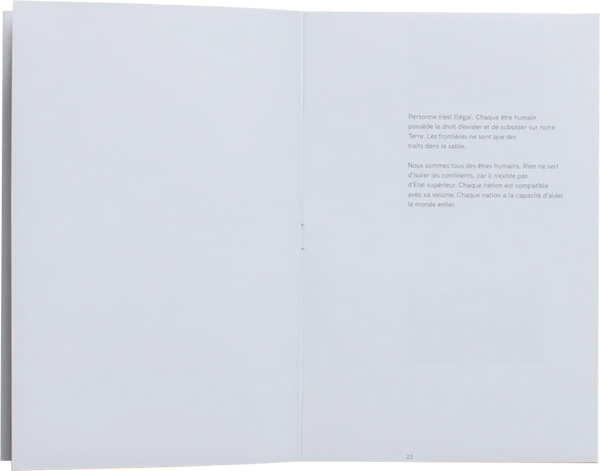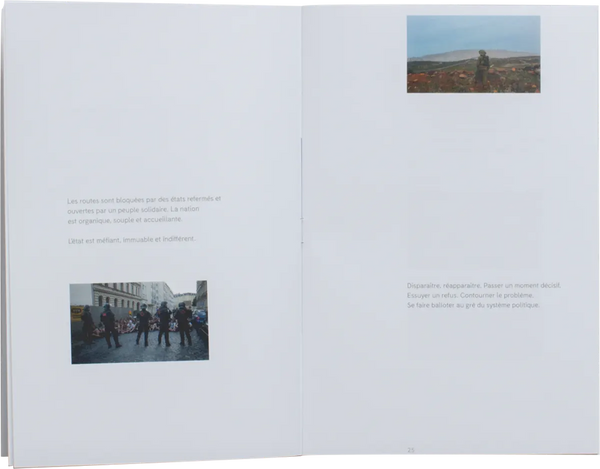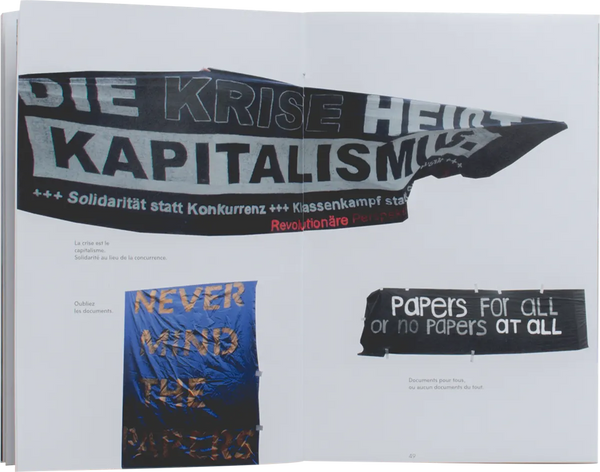This is a kick off, kind of pedal to the metal, full steam ahead, pronto kind of thing. Newton once wisely said that anything will keep a uniform straight line trajectory as long as nothing applies a force against it, changing the trajectory of both force. Anyway. Directions isn't that, nor it is the opposite. It is rather just a way for me to pause and reflect while connect different past projects together. These six distinct projects all represent different directions, yet define my practice. Starting with [ ] as my thesis project presented at AXENÉO7 in Gatineau. This is somewhat my first print project, yet not the last. We will start a beat, we will start a movement pushed how I could use iteration to produce things very quickly and cheaply. In this project I found a passion for manual graphic exploration, cutting, pasting, photocopying and non-industrial printing methods. Along with Yes No Charter, these posters were also my first political pieces. The Environmental Health and Safety posters is probably my proudest academic achievement to this date. The scale of this project let me see how my work could have a real impact on people. Both VS and Personne n’est illégal-e also demonstrate my willingness to bring political ideas to the viewer in a constructive and open mindset.
Directions is my first exhibition, my first magazine, my starting point as a graphic designer and web developer. Directions is an essay conducted both on the web and on paper (Yes, I printed this too). Directions takes a pause and reflects on projects that shaped my practice, my opinions and my future. Directions is where I want to be, not where I once was.
Design, art direction texts and organisation: Philippe Caron
Supervision: Nathalie Dumont
